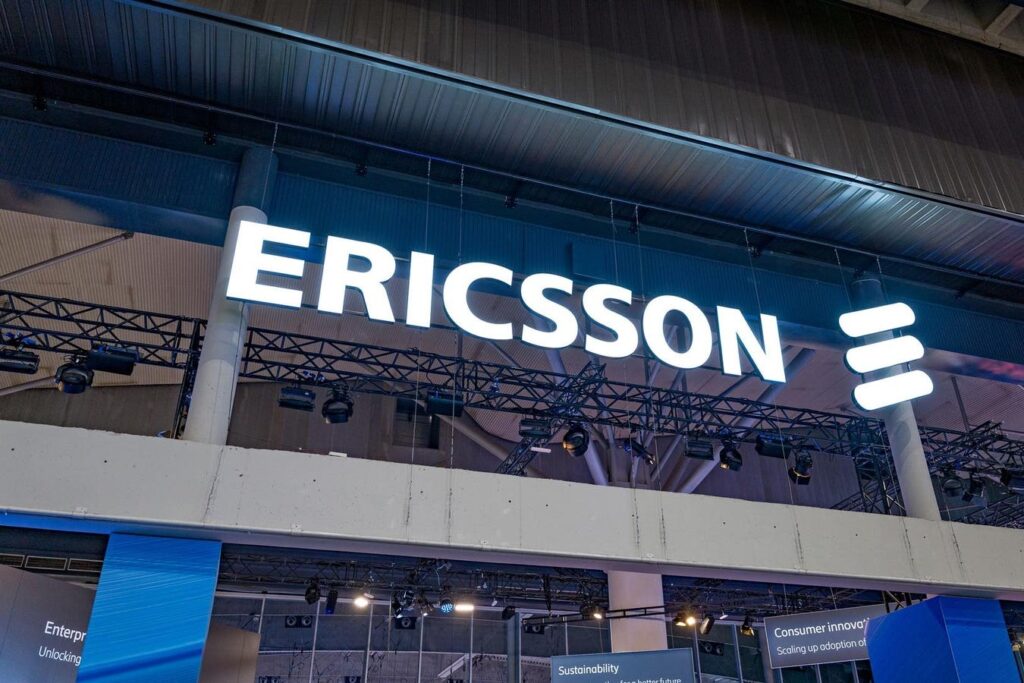Ericsson (NASDAQ: ERIC) recently posted stronger-than-anticipated Q1 results, with revenue reaching SEK 55 billion, marking a 3% increase from the prior year. A significant driver was the 20% surge in sales across North America, which helped to balance out declines in other regions. The company also recorded a notable boost in profitability, as adjusted gross margins climbed to 48.5% from 42.7% a year earlier. This improvement was largely due to a higher mix of U.S. sales, which are considered more profitable. In terms of segments, Networks revenue grew by 6% to SEK 36 billion, Cloud Software and Services held steady at SEK 13 billion, and Enterprise sales declined marginally by 1% to SEK 6 billion. Adjusted core earnings, excluding restructuring costs, jumped 44% year-over-year to SEK 6.2 billion for the quarter.
If you’re seeking upside potential with less volatility than individual stocks, explore the High-Quality portfolio, which has outperformed the S&P 500 and delivered returns over 91% since inception.
What’s Next?
Looking ahead to Q2 2025, revenues from Networks and Cloud Software and Services are projected to follow typical seasonal patterns observed over the past three years. The Networks segment is expected to maintain strong gross margins in the 48%-50% range, backed by favorable product and geographic mix and cost savings. Amortization of intangible assets is estimated at around SEK -0.5 billion per quarter, with SEK -0.4 billion attributed primarily to the Enterprise business. Restructuring expenses are anticipated to stay elevated, reflecting the company’s ongoing transformation initiatives.
Tariff Impact: Ericsson stated that tariffs are reducing margins by roughly one percentage point. However, its diversified manufacturing footprint across the U.S., South America, Europe, and Asia provides a buffer. Although the company faced a 4% FX headwind, management expects normalized Q2 seasonality, supported by a high-margin product mix and retroactive IP payments. Still, tariff uncertainties and potential inventory buildups could apply further margin pressure if conditions worsen.
Regional Trends: North America remains the leading source of growth, while Europe and some Asian regions are beginning to stabilize after a period of elevated activity. Investments in these regions are expected to moderate. Competitive dynamics with Chinese vendors appear balanced, with market share changes outside North America largely neutralizing each other.
Network Modernization: Progress continues in rolling out programmable networks, and early API revenue is emerging in key areas. Additionally, 5G standalone deployment is projected to gain momentum as carriers expand their mid-band infrastructure.
Despite broader market sell-offs related to tariffs, ERIC shares are up 3% year-to-date. This suggests that investors may view the stock as a defensive option amid current macroeconomic uncertainty. We estimate Ericsson’s Valuation at $8 per share, which is approximately in line with its current trading levels. This forecast assumes a 15x forward price-to-earnings multiple on expected earnings of $0.54 per share.
Learn more about the Trefis RV strategy, which has outperformed its all-cap benchmark (including the S&P 500, S&P mid-cap, and Russell 2000) and delivered solid investor returns. For a steadier investment option, check out the High Quality portfolio, which has outpaced the S&P and achieved returns over 91% since inception.
Invest with Trefis
Market Beating Portfolios | Rules-Based Wealth
Read the full article here
















